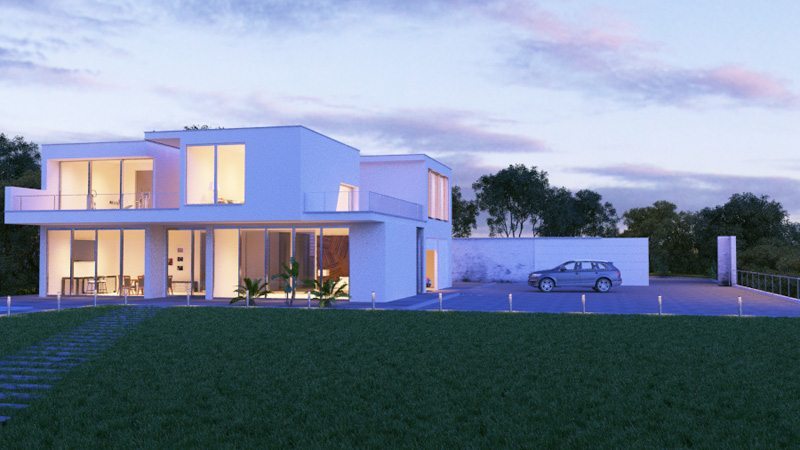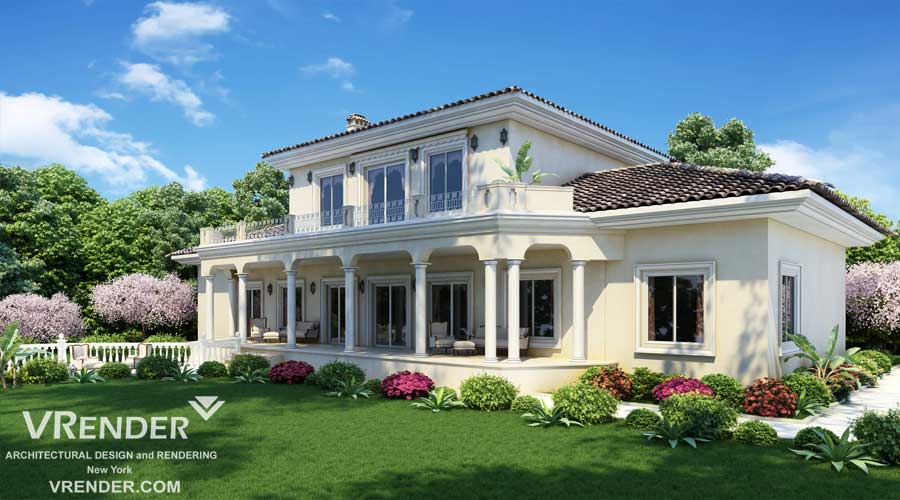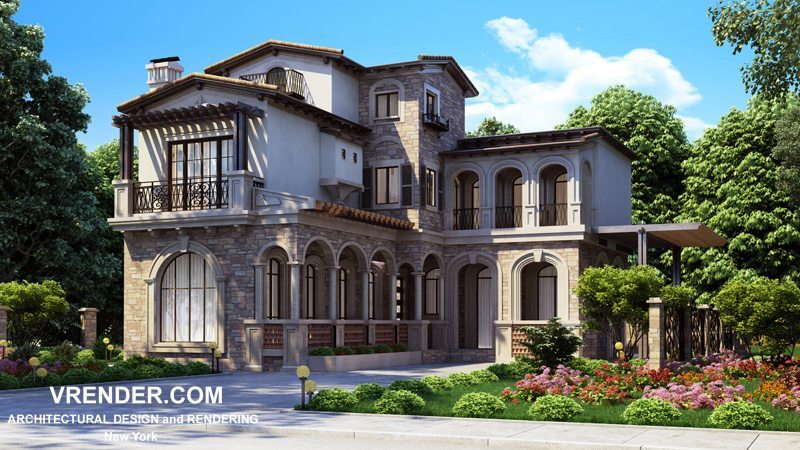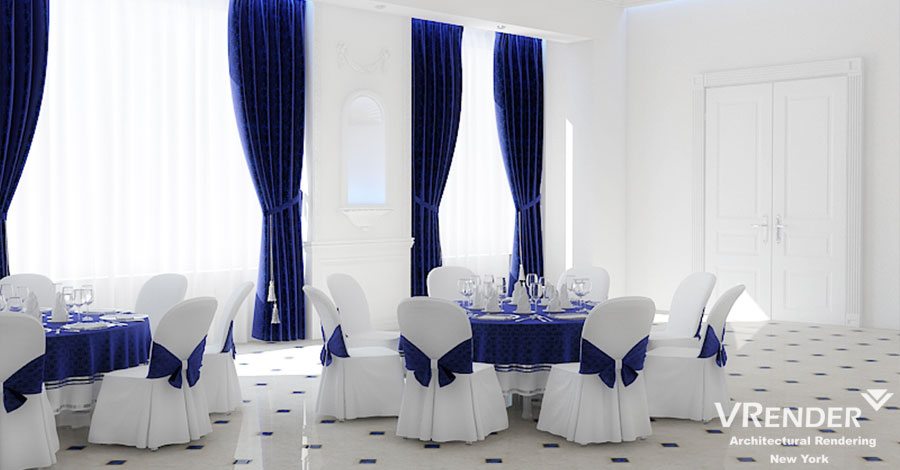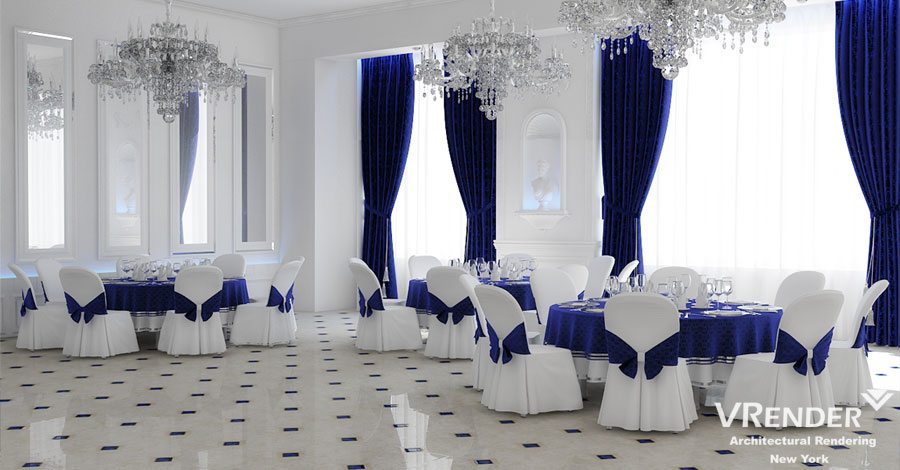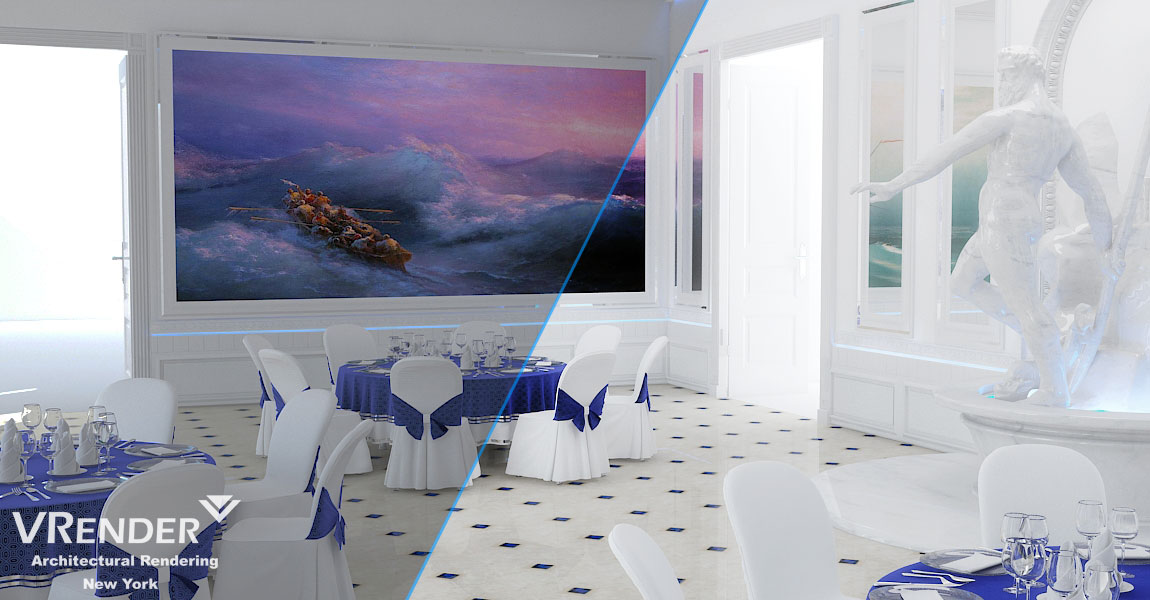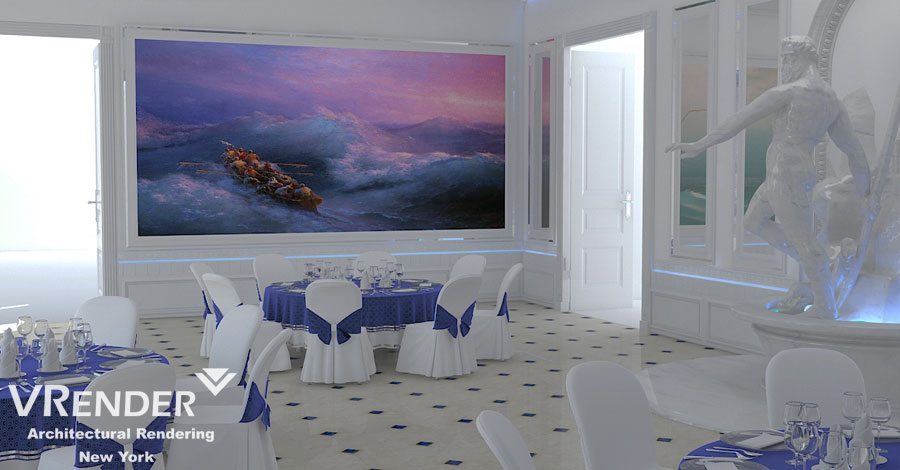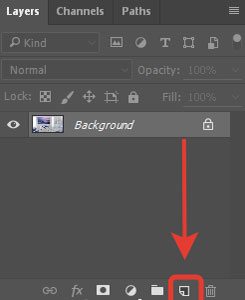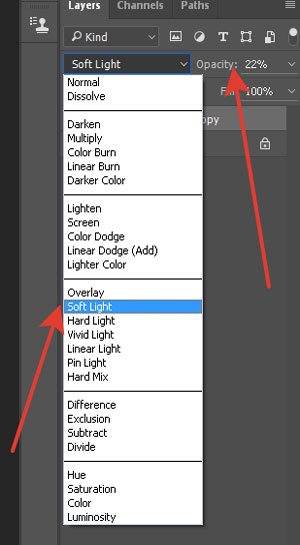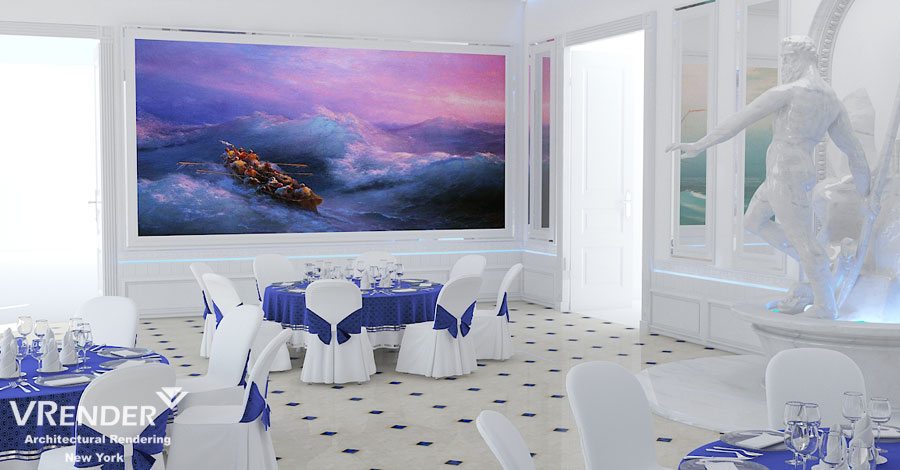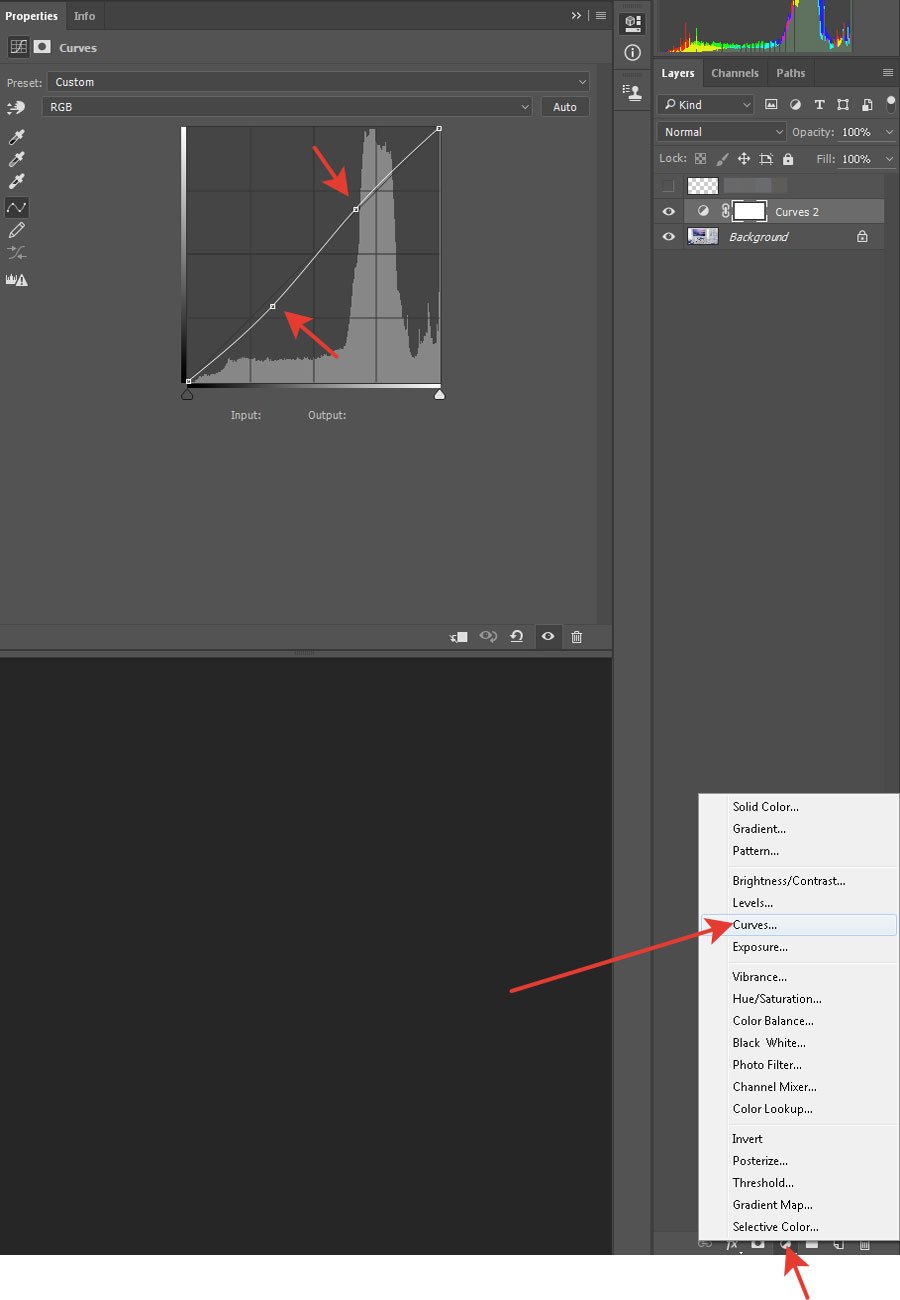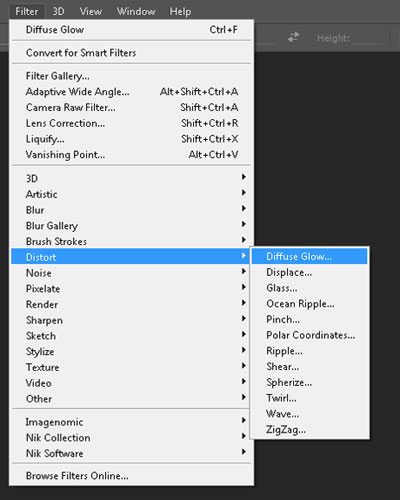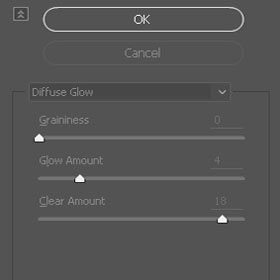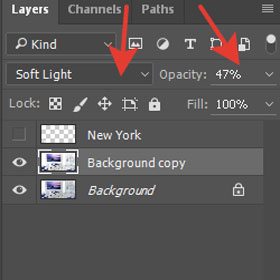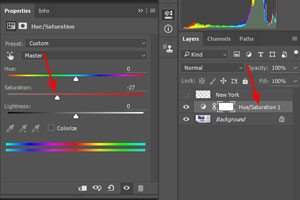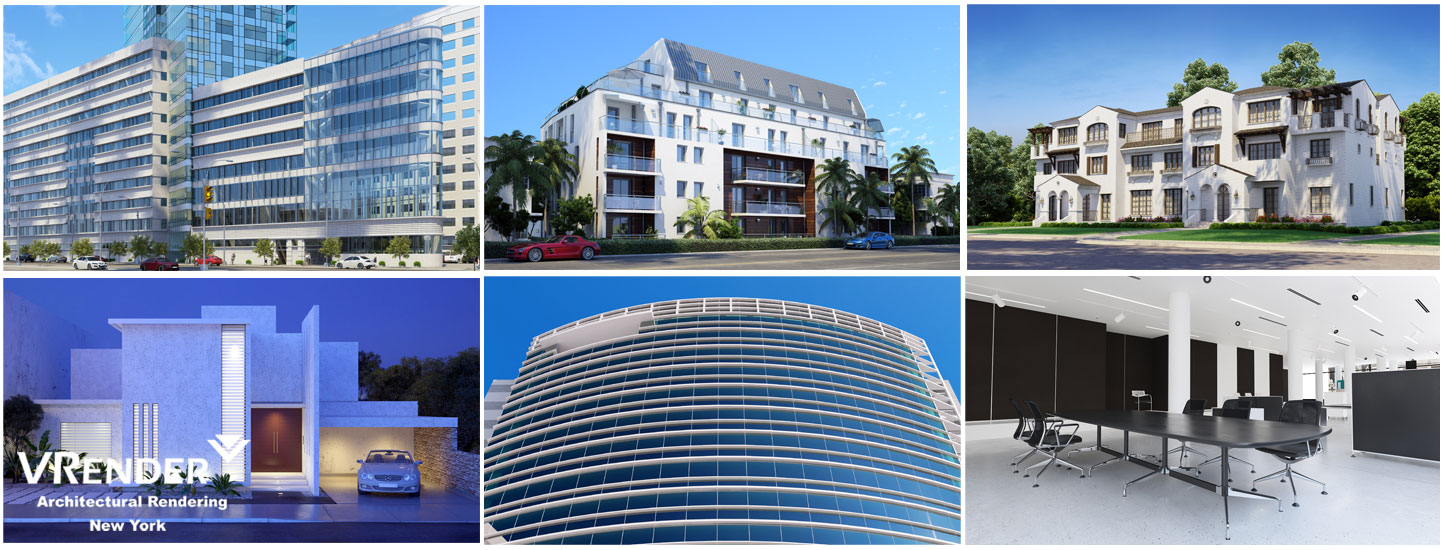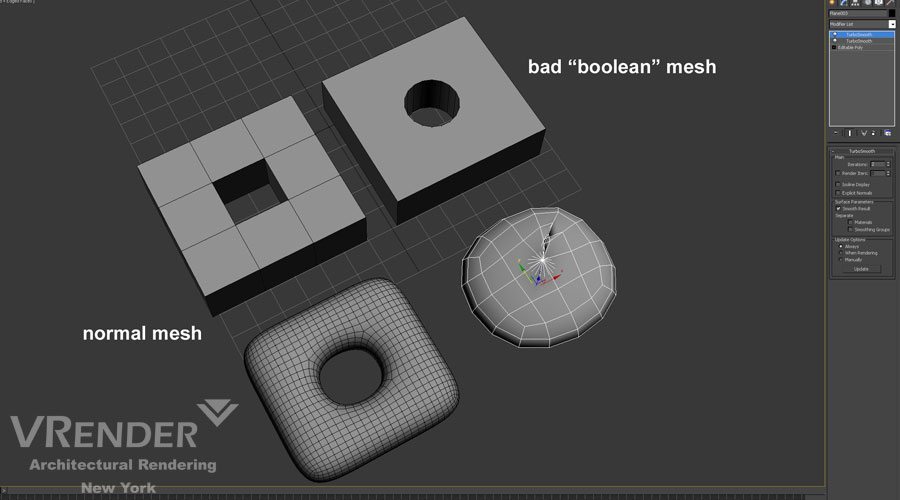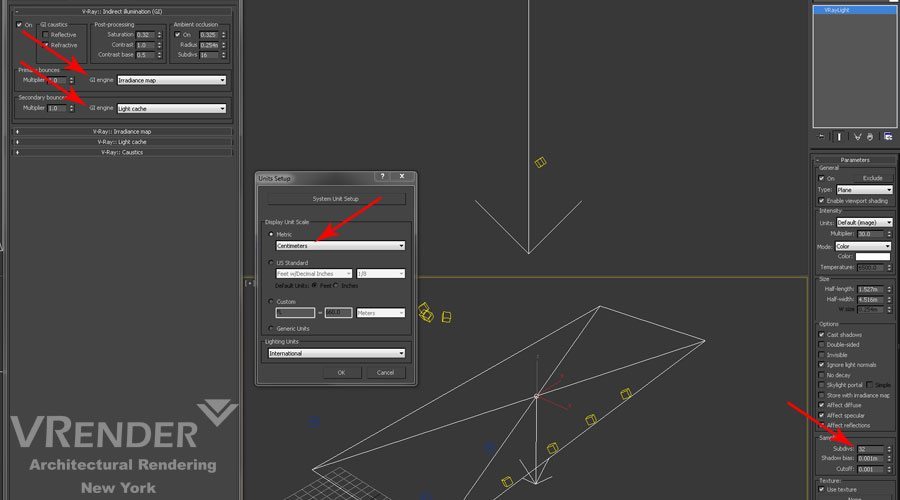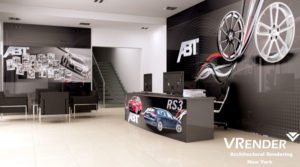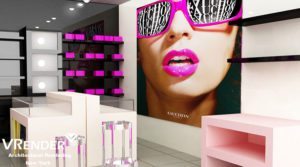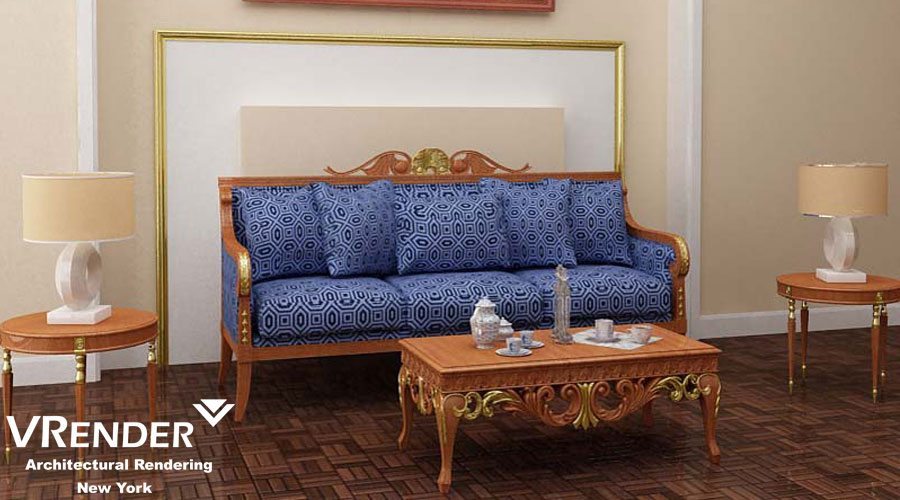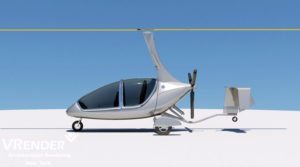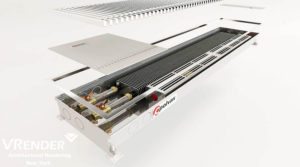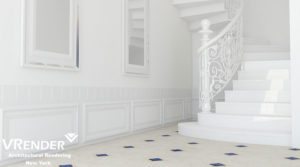
3D architectural visualization is a graphical representation of the object, allowing estimating the future construction.
The presentation of the external features of the planned construction is possible by the demonstration of the project from different angles in photo-realistic graphics.
Using photo-realistic images, you can see how your non-existent building or block of buildings will look like externally. Therefore, 3D architectural visualization of projects is a powerful tool for construction companies. It can be easily perceived by both, the consumer and the contractor. Moreover, presenting the object showing the most effective perspective, 3D architectural visualization is an effective method for product promotion, as it helps to attract new investors. The architectural visualization is applied:
• in the creation of video clips,
• in presentations of architectural objects,
• when creating a virtual tour,
• on sites of construction companies.
By means of photorealistic images, there is an acquaintance happens with the appearance of the future buildings. Due to this, you can immediately see all the flaws of the project, as well as compliance of the with all objects nearby. Three-dimensional architectural visualization is ordered not only by architects, architectural companies, but also by designers to showcase interior, furniture and so on. It gives the opportunity to advertising agencies to compete on the market, as well as to big construction companies. In addition, the use of 3D technologies is prevalent among individuals who want to make repairs of the outside of their house.
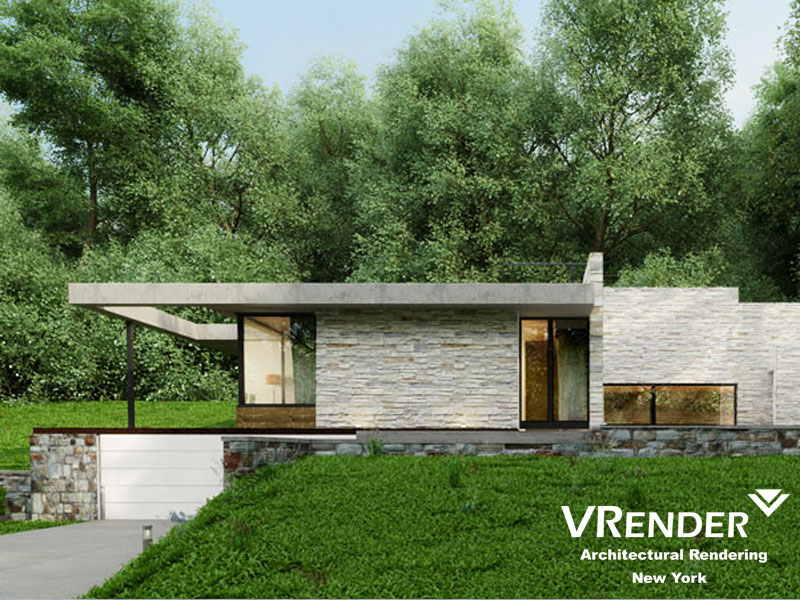
Features of architectural 3D Animation
The aim of 3D architectural Animation is an effective advertising of the object, which provides it fame and trust. This method ensures the creation of the positive image to the advertised project and the formation of the necessary conditions around it. The process of creating three-dimensional architectural animation is more complex than the usual architectural ad with all these flat drawings. The quality of video depends on the right-designed details and correct clipping of the video.
Stages of 3D Animation:
1. Formulation of the storyline of the video.
2. Writing a script for a presentation.
3. Storyboarding the 3D video. Larger frames are drawn at this stage, colors are chosen carefully, graphical components and other composite solutions are defined.
4. Creation of animatics. Animatics is shaping of the future of 3D movie from the usual objects of the scene.
5. Placement of virtual cameras.
6. Creation of lighting.
7. Animating of virtual cameras. The installation plans of 3D movie are created, capturing the motion cameras and other video information. You can change the templates to obtain high-quality image in future, of the scenes and camera’s movements, as well as lighting.
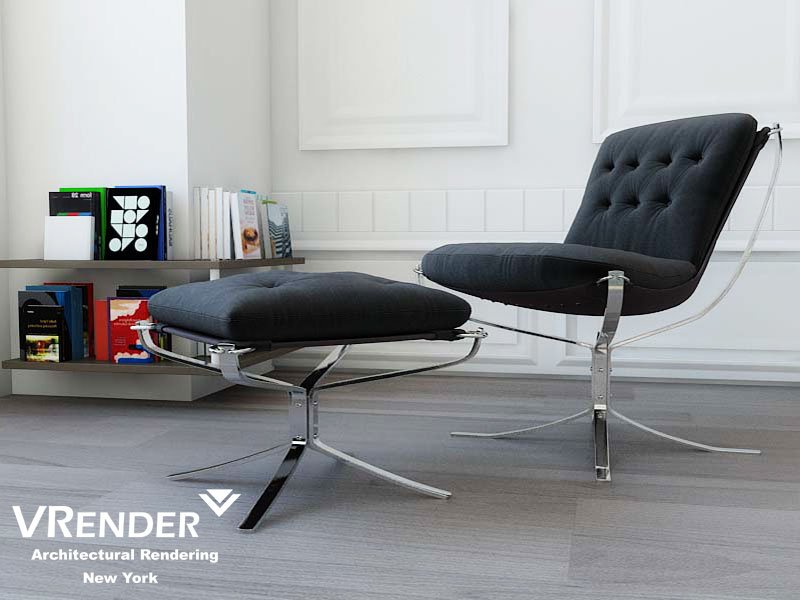
Advantages of 3D architectural visualization
Using 3D visualization in architectural projects, you can create a model of any building without the use of a plurality of incomprehensible sketches. Accurately depicting every detail, you can clearly model the image of the house, cottage and other construction. The superiority of this method is as follows:
– the ability to create volumetric models of the project,
– a chance to review all the details of even non-existent project from different angles under different weather conditions, allowing you to determine the presence of defects in the structure or its perfection,
– the ability to see the future project at any time of the day,
– the opportunity to see the objects around the project,
– the ability to calculate the necessary material for the construction fully before starting its construction,
– the ability to create business presentations.
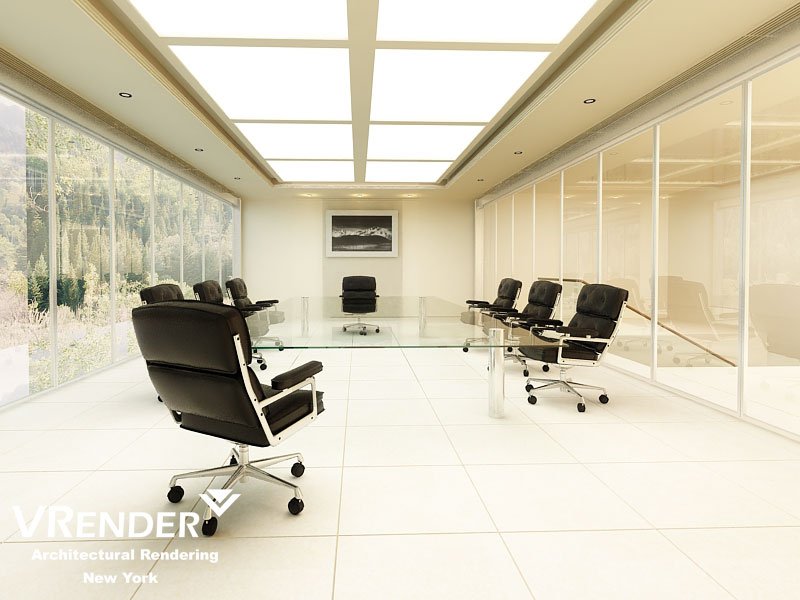
The benefits of cooperation with Rendering Company
Customers are always satisfied with the results of the visualization made by Vrender. We cooperate with well-known interior designers, as well as major architectural bureaus. Thanks to rigor of each employee, we have won the trust of clients and we are competitive visualization studio at the moment. Cooperation with us has following positive aspects:
– quality 3D visualization of architectural designs, with maximum accuracy and displaying all details,
– the shortest delivery time,
– unique concept of the video,
– application of new technologies,
– we offer the customer the opportunity to immerse themselves fully in the project, with the ability to see every detail closer,
– we have the extensive experience in the field of 3D visualization,
– we guarantee the authenticity and attractiveness of created exterior.
Order the three-dimensional visualization
Our studio has more than 4 years in this field. We have developed distinct quality standards, producing the highest level of architectural 3D rendering all the time. It is required to provide design documentation and drawings to create a 3D visualization of architectural project. Next, we will assess the project and deal on the terms and payment. After that, specialists of architectural visualization studio begin to develop accurate models of future buildings.
© Copyright Vrender.com 2016.
